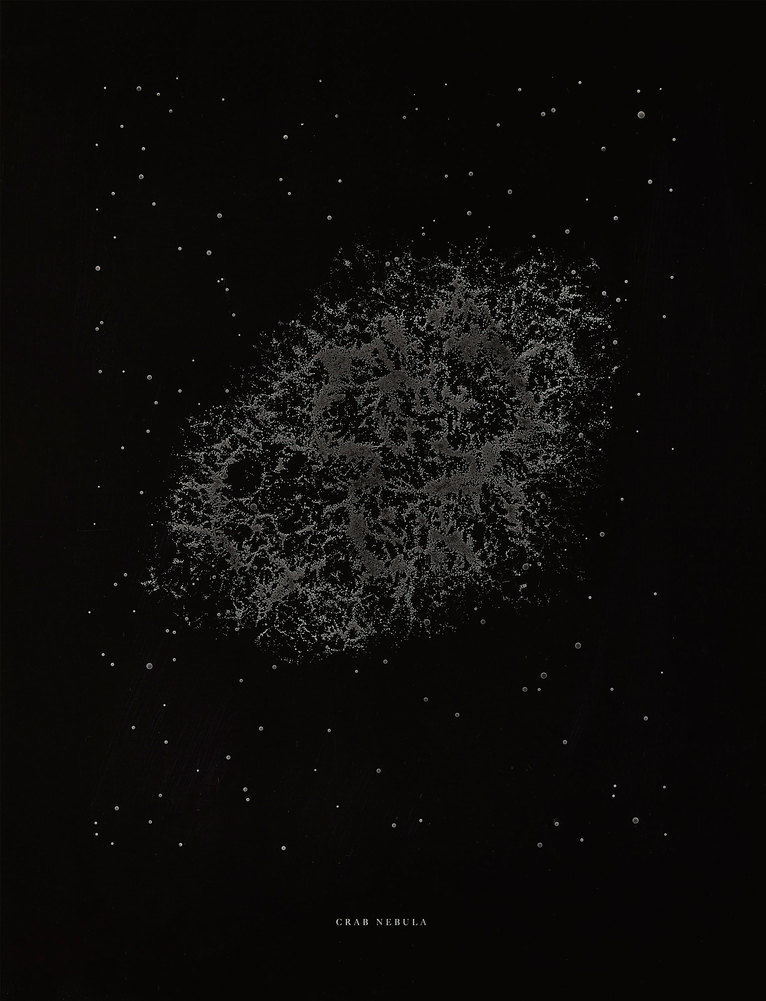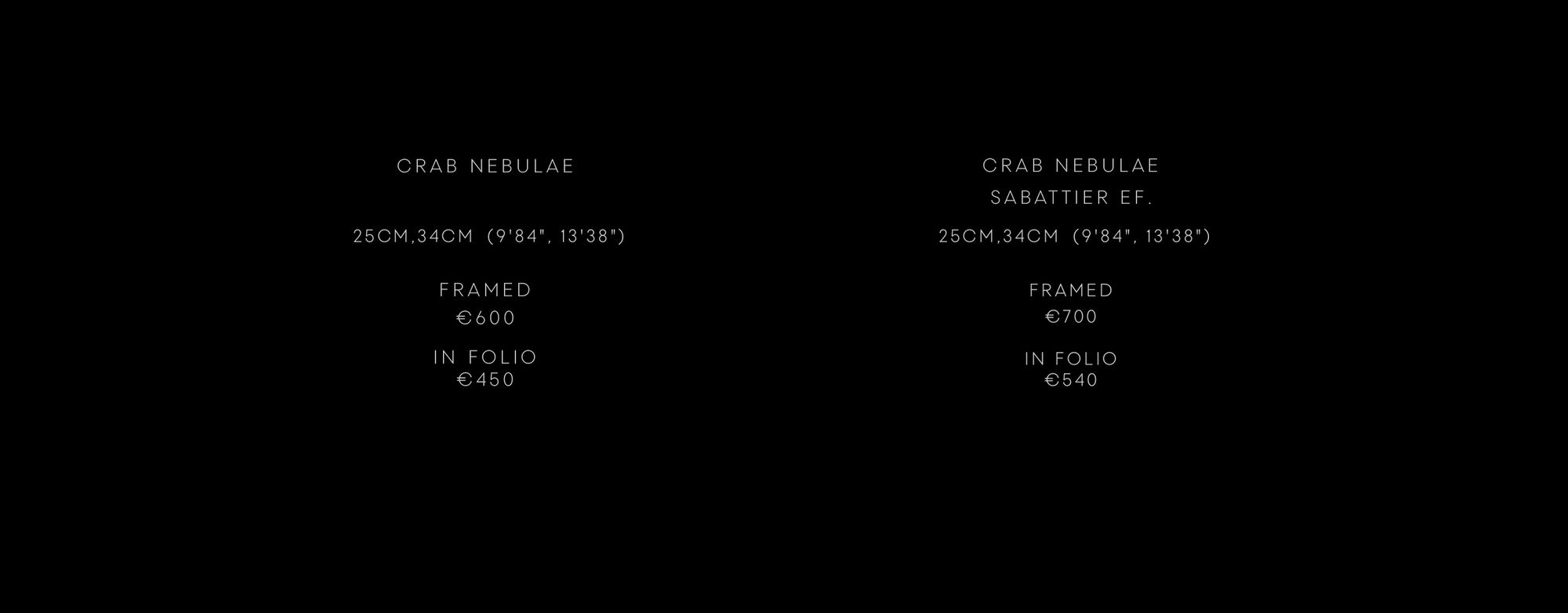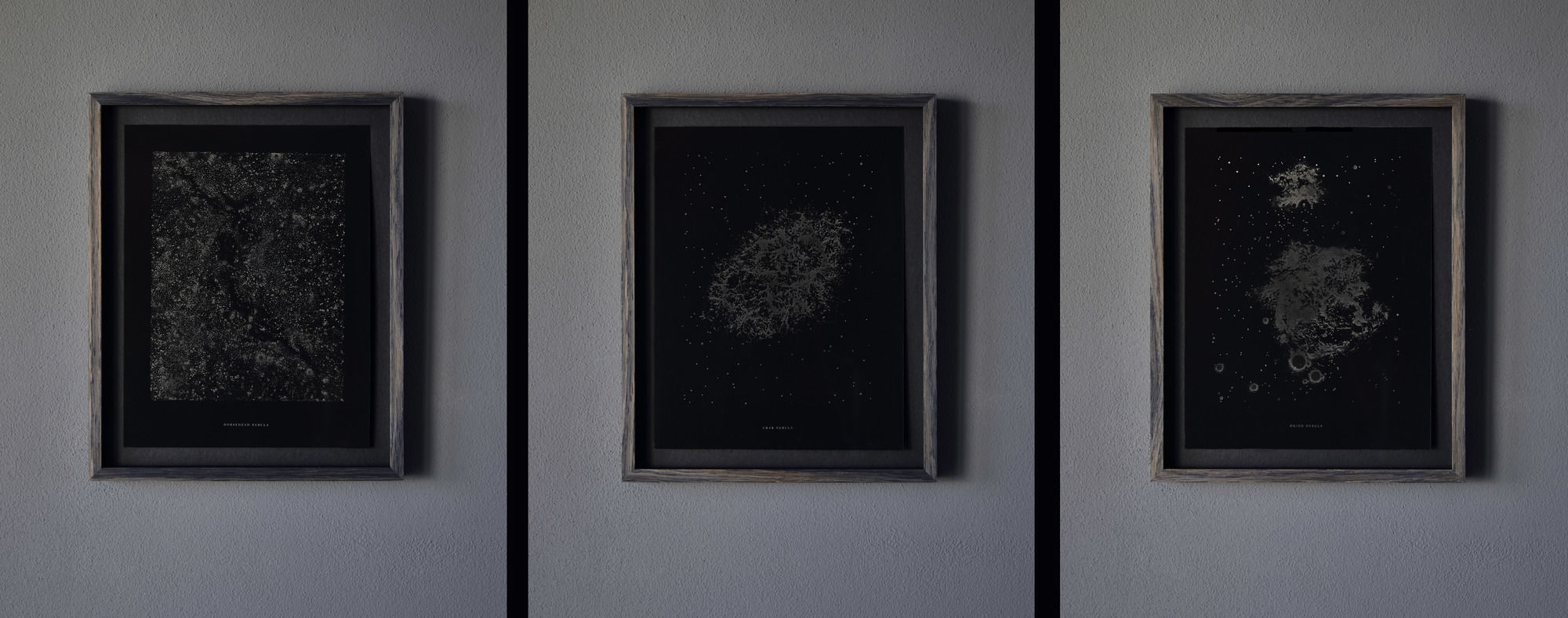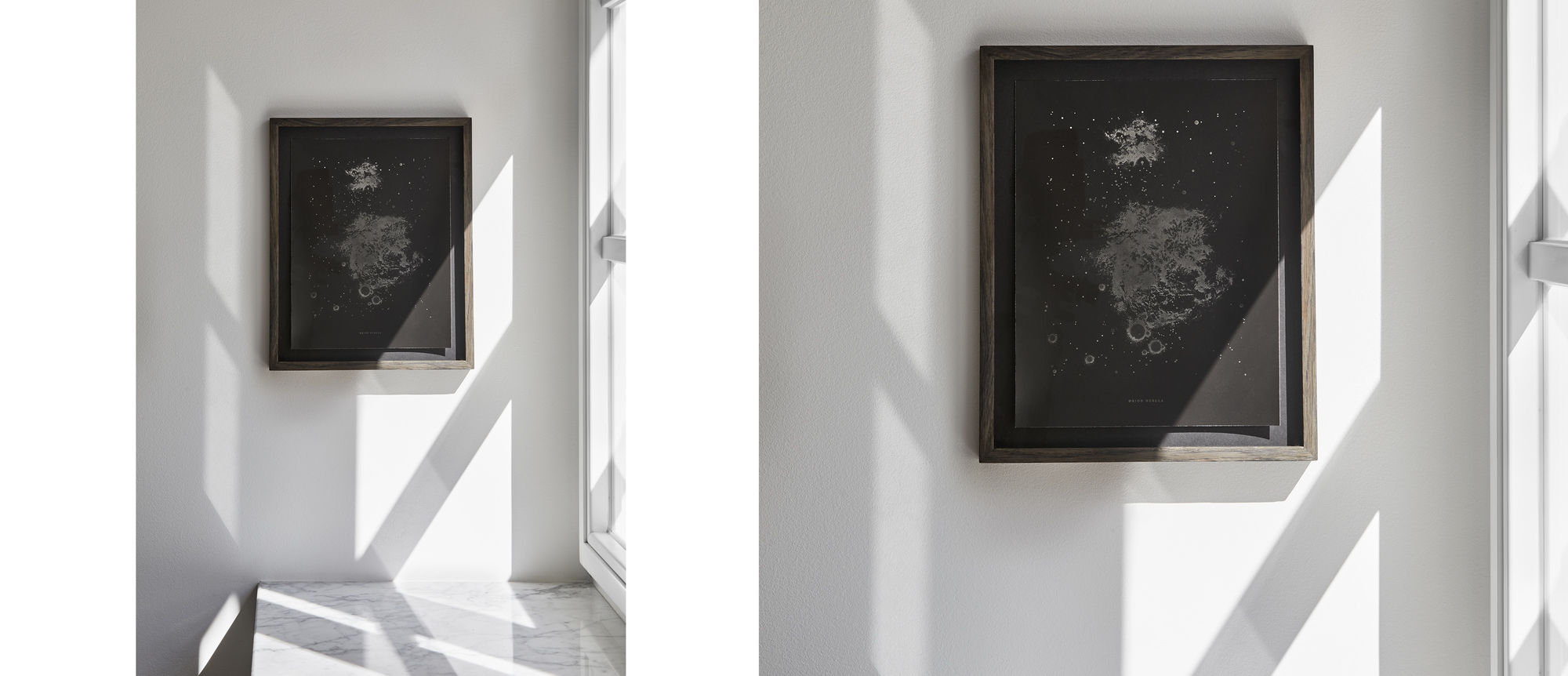
crab nebula
On 4th July 1054A.D. a bright star (supernova) appeared in the sky, its light became about 4 times brighter than Venus and was visible in daylight for 23 days and for two years at night before being lost to the naked eye. It wasn’t until 600 years later, after the invention of telescope that John Bevis in 1731 identified a nebula in the Taurus constellation, not knowing he was looking at the remnant of the supernova observed in 1054 A.D. by Chinese and Arab astronomers. In the 1830s William Parsons, 3rd Earl of Rosse observed the same nebula using his 36-inch (91 cm) telescope based on the appearance of his drawing he named it Crab Nebula as the image resembled a crab. Later observations with much more potent 72-inch (183 cm) telescope produced an improved drawing of considerably different appearance, but the original name continued to be used.
RA 5h 34m 32s | Dec +22° 0′ 52′′









